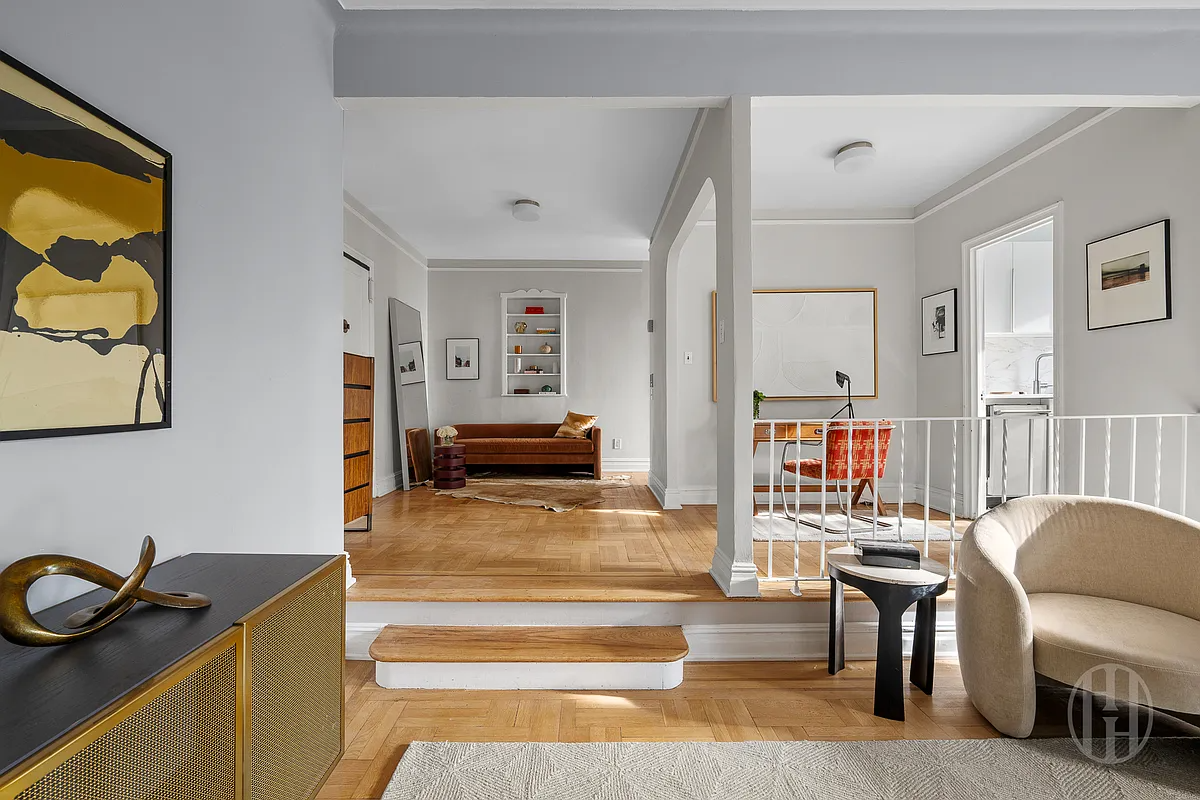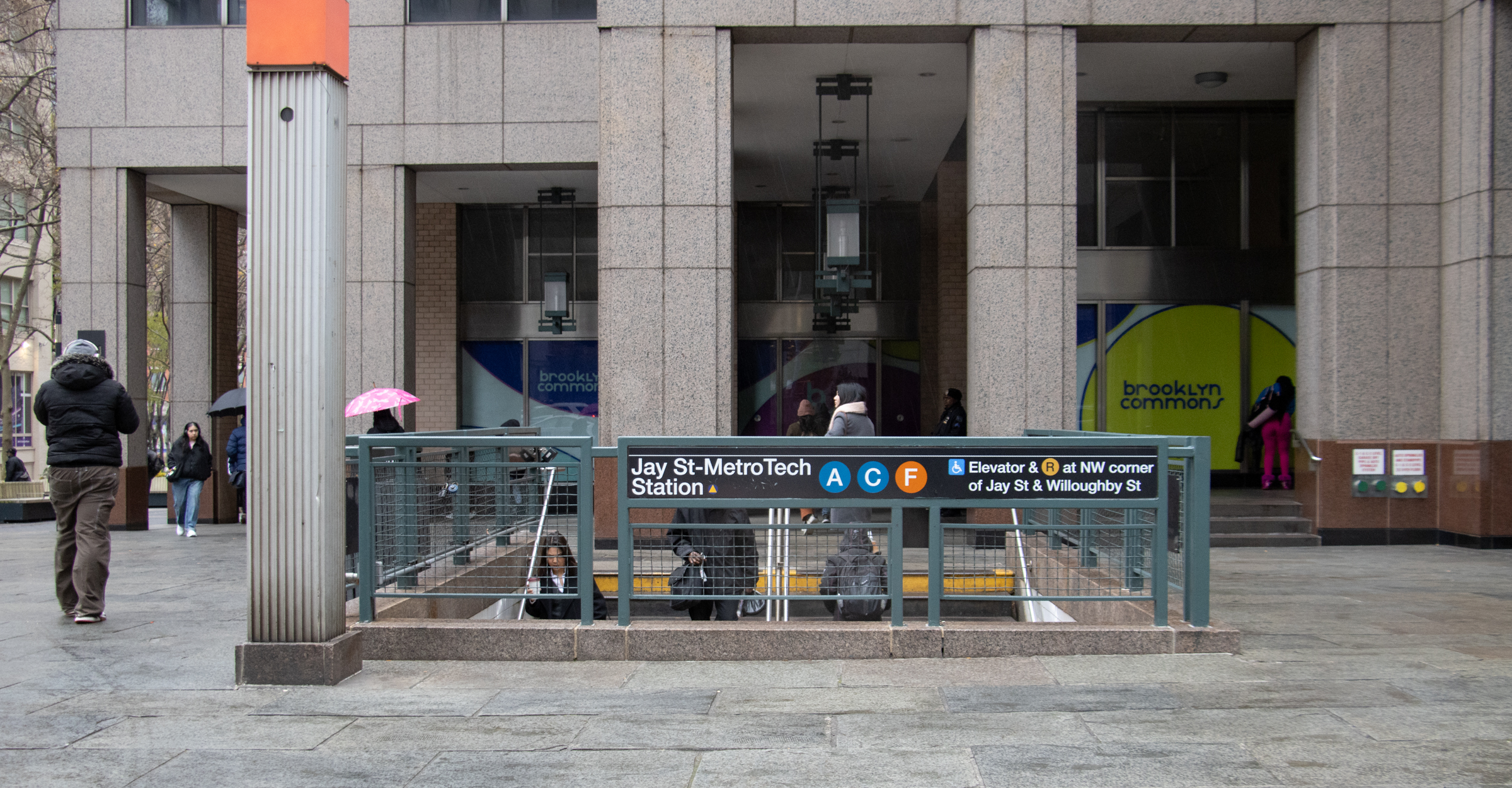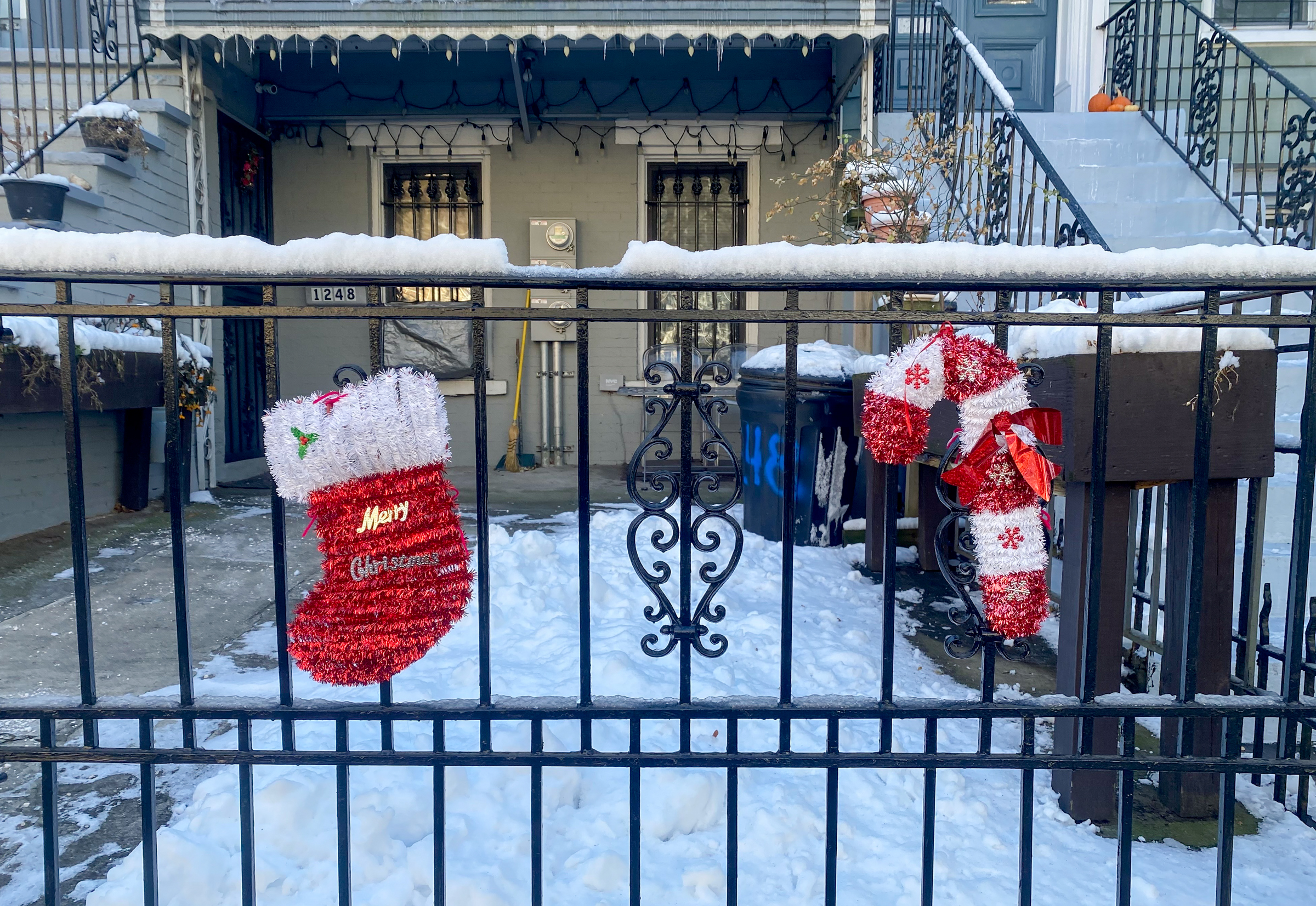Checking in on 364 St. Mark's Avenue
Given the strange white smudging on the brick exterior and the fact that this place has been on the market since late 2006, we expected to find 364 St. Marks Avenue sitting in unsold purgatory when we went to look it up. On the contrary, 16 out of 20 units are spoken for. The remaining…


Given the strange white smudging on the brick exterior and the fact that this place has been on the market since late 2006, we expected to find 364 St. Marks Avenue sitting in unsold purgatory when we went to look it up. On the contrary, 16 out of 20 units are spoken for. The remaining four apartments are all in the 1,000 to 1,100-square-foot range and asking between $543,500 and $599,000. The building’s not going to end up on the cover of Architectural Digest anytime soon but the developer gets points for high ceilings and big windows.
364 St. Marks Avenue [StreetEasy] GMAP P*Shark
364 St. Mark’s Avenue Coming Down the Pike [Brownstoner]





An article on Snarkipedia says the “strange white smudging” is called “equity bloom,” and is a residue left by evaporating value.
11:49 here again,
Completely agree w/ 12:40, and that’s also why Wikipedia is a total joke. It’s kinda like saying “According to a post I read on Brownstoner, those streaks must mean this place is a shit sandwich!….and furthermore, yadadadada….”
…and yes, I get the irony of this!
12:26: not necessarily. The salt can come from the mortar being washed with rain water–how will weep holes (designed to allow condensation from behind the brick-veneer wall to evaporate) help that? And, BTW: who the heck wrote that Wiki article? It’s not really correct. Those salts will still crystallize, even if the sealer is applied. Thing is now, they’re crystallizing inside the brick where the force of the crystallization will eventually cause the masonry to crack.
These units are a better deal than anything in a prime neighborhood. God bless the fringe!
http://en.wikipedia.org/wiki/Efflorescence
its a sign of poor detailing of the brick cavity wall. most likely not enough or blocked weep holes
rookies, the same thing happened to our brownstone when we refaced it and it disappered on its own.
It’s called “new construction bloom” Rainwater sucks salts in the mortar to the surface of the brick. The water evaporates, leaving the salts which crystallize and form the white stains. It’s not a big deal, and agree with 11:49: it can be removed with a weak acid, although it will rinse off the building within a few years.
I live on this block and there have been some “strange” happenings with its construction. About a year and a half ago–they hit a water line and flooded the entire foundation (all residences on this block had brown water for a few days as well.)
those are mortar streaks – very common and easily removed with muriatic acid. not a big deal.